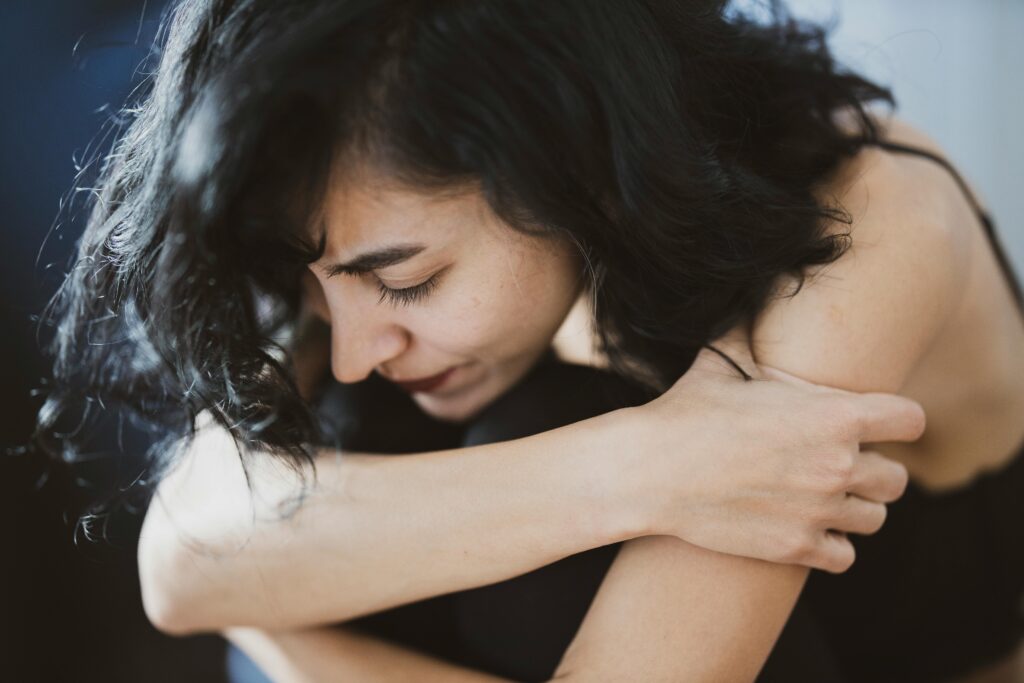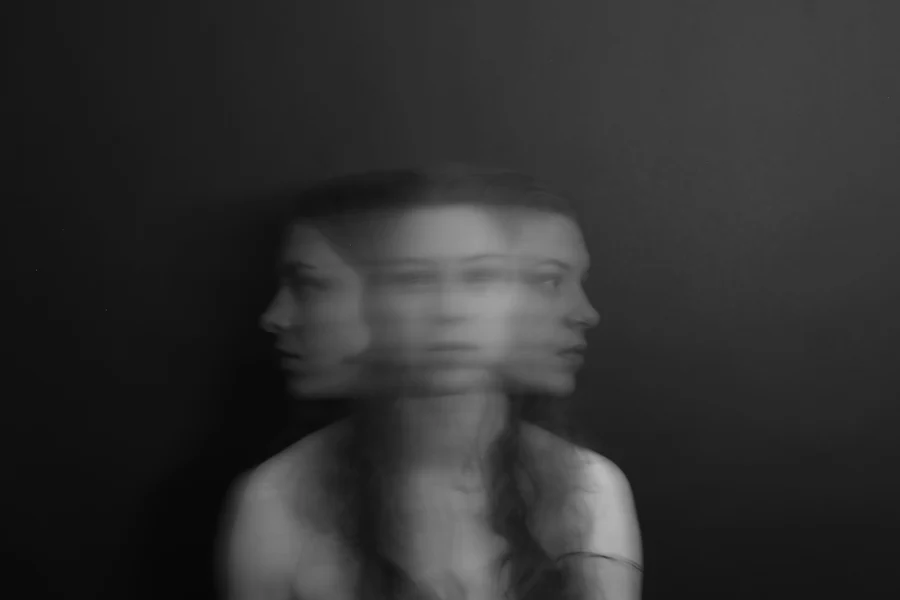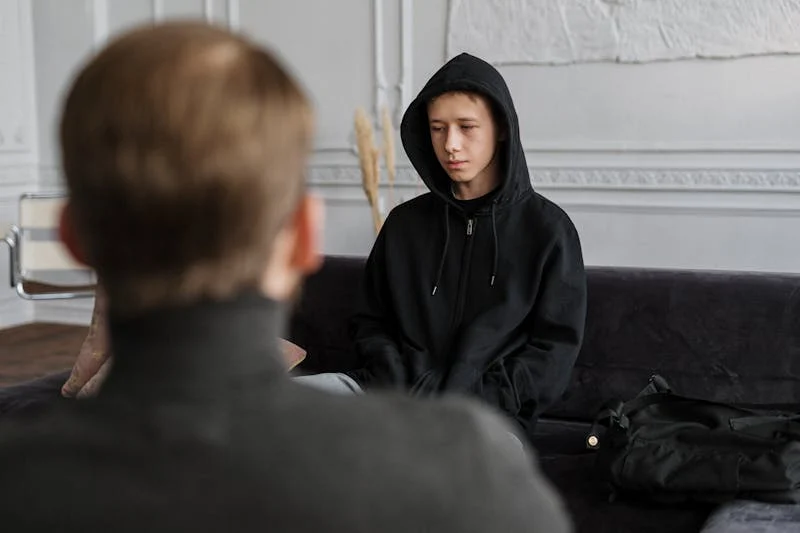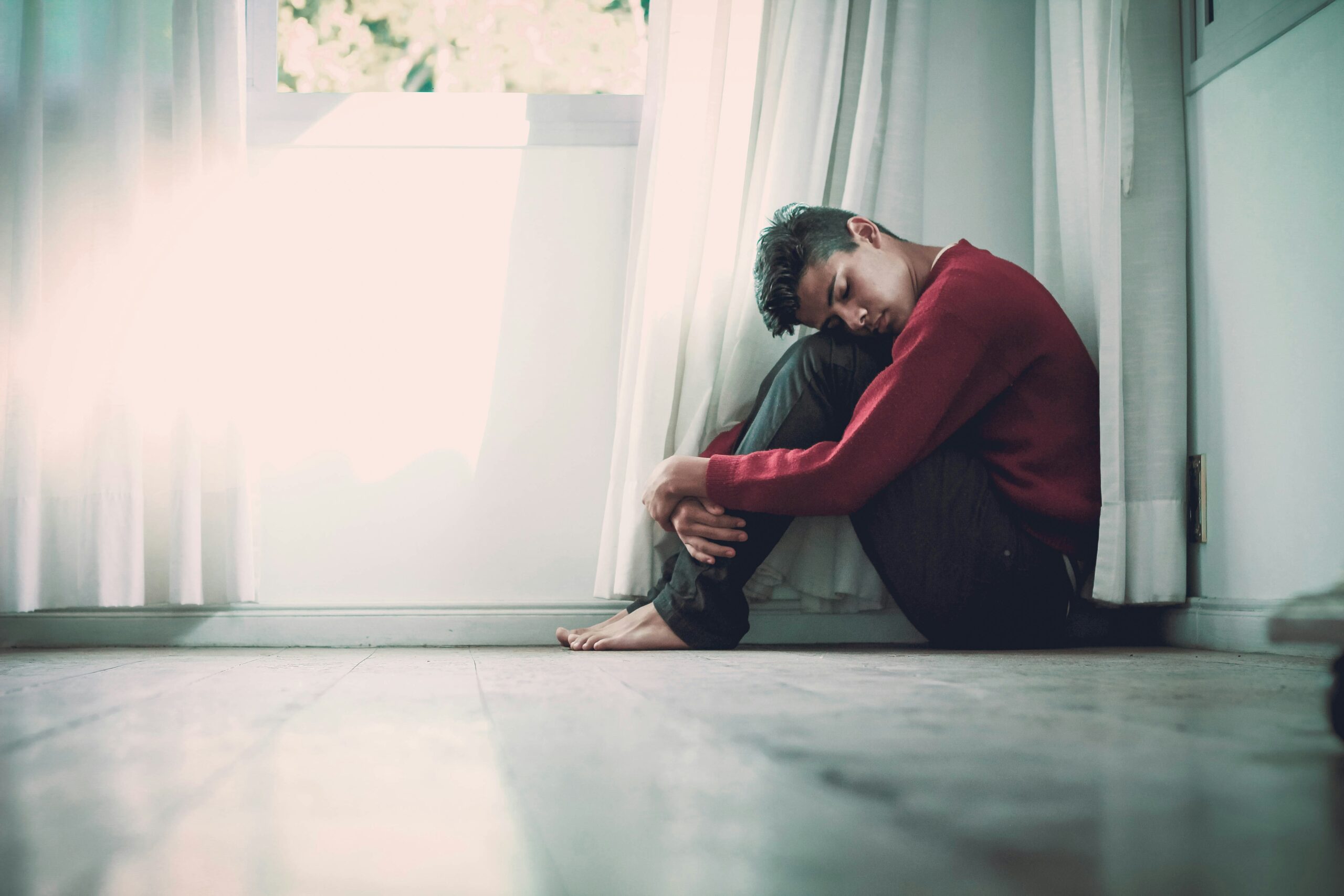Sadness and depression are very similar, but are actually two distinct emotional experiences that are often confused. Understanding their differences is important so that we can recognize when you might be experiencing normal sadness or a more severe and persistent depressive disorder.
SADNESS

Sadness is a natural and common human emotion experienced in response to various life events, such as loss, disappointment, or separation. It is a temporary feeling that comes and goes as a natural response to specific situations. Sadness is a normal part of the human experience and does not necessarily indicate a mental health disorder. During moments of sadness, you may feel down, tearful, or low in energy, but these emotions tend to fade as you process your experience and adjust to the situation.
DEPRESSION
On the other hand, depression, clinically known as Major Depressive Disorder (MDD) or Persistent Depressive Disorder (PDD) is a complex and persistent mental health condition characterized by profound and prolonged feelings of sadness, hopelessness, and a lack of interest or pleasure in activities that were once enjoyable. Depression goes beyond fleeting emotions and becomes a pervasive and disruptive force in a person’s life. It can affect various aspects of one’s life, including sleep, appetite, energy levels, concentration, and overall well-being.
THE DIFFERENCE
Sadness is typically triggered by specific events or circumstances, such as the loss of a loved one, failure, or rejection. It often has a clear cause and tends to resolve over time as the individual processes the emotions associated with the event. In contrast, depression often arises from a combination of factors, including genetics, biological imbalances, environmental stressors, and psychological vulnerabilities. It can develop without an obvious trigger and may persist for weeks, months, or even years if left untreated.
The duration of sadness is relatively short-lived and tends to improve as the person adapts to the situation or seeks support from friends and family. In contrast, depression is characterized by persistent symptoms that last most of the day, nearly every day, for at least two weeks or more. It is not uncommon for individuals with depression to experience ongoing feelings of despair, fatigue, and an inability to enjoy activities they once found pleasurable.

Another distinguishing factor between sadness and depression lies in the intensity of the emotions experienced. Sadness, although painful, allows individuals to experience a range of emotions and connect with their feelings. In contrast, depression can lead to emotional numbness, a sense of emptiness, and an inability to experience pleasure, which is commonly referred to as anhedonia.
It is not uncommon for sadness to coexist with depression, where a person may experience grief and sadness while also meeting the criteria for a depressive disorder.
SYMPTOMS

To differentiate between sadness and depression, it is crucial to be aware of the symptoms and their duration. If sadness persists and interferes with daily functioning, it may be a sign of depression. Common symptoms of depression include feelings of worthlessness, changes in sleep and appetite, difficulty concentrating, thoughts of death or suicide, and a loss of interest in activities.
Recognizing the differences between sadness and depression is essential in providing appropriate support and intervention for those experiencing emotional distress. Our goal as therapists is to get you the help you need, and making sure your treatment is tailored to you and your unique experiences.
THERAPY SERVICES FOR DEPRESSION WE OFFER IN MANHATTAN & BROOKLYN, NEW YORK
Ready to break free from negative thoughts and live the life you’ve always wanted? Start therapy for depression in Manhattan, Brooklyn, or anywhere in New York with Manhattan Wellness. Embrace a transformative journey of self-discovery and empowerment. Get support in creating empowering habits, using positive language, and appreciating your uniqueness. Follow these steps to get started:
- Contact Manhattan Wellness today or email us at hello@manhattanwellness.org
- Schedule your first appointment with one of our Manhattan therapists
- Embark on this empowering path to a confident, happier you
OTHER THERAPY SERVICES OFFERED IN MANHATTAN, BROOKLYN, & THROUGHOUT NEW YORK
Our therapists recognize that discovering your “enough” is a journey. And it can become even more complex when the inner critic interferes, giving rise to additional challenges. We provide a range of services to ensure you receive the essential support, care, and guidance to achieve your goals. Our offerings include specialized support for women, anxiety treatment, and dating therapy. Along with services for college students, maternal mental health, body image therapy, and much more. If you feel dissatisfied with your current life and are seeking meaningful changes, let’s have a conversation about it.
